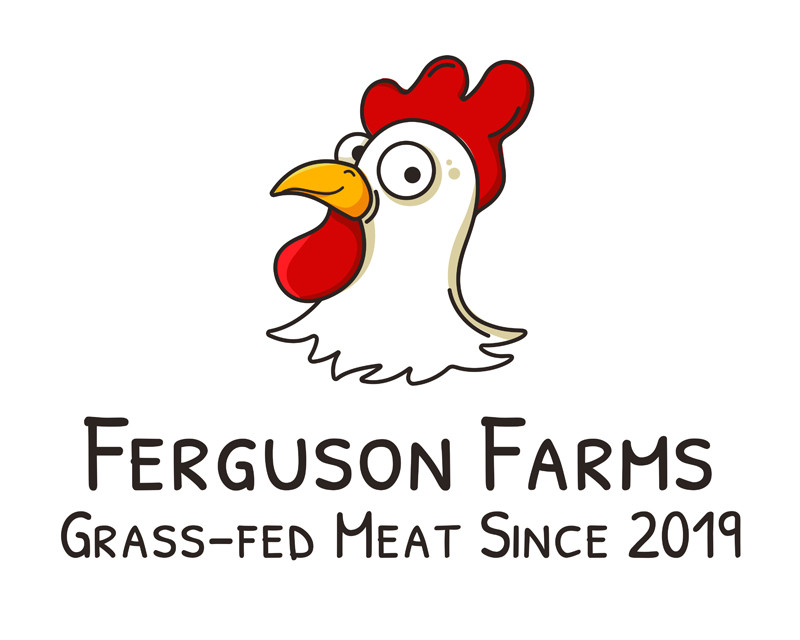Bird Flu: Another phony “pandemic”…this time for chickens - Kit Knightly
posted on
February 10, 2023
The bird flu outbreak is not real.
That should be everyone’s starting point – with everything, really – assume the media is lying and wait for them to prove they’re not.
Always doubt the press.
Always.
Especially when the fates seem to converge and every single item in the “news” herds public opinion in the same direction and serves the same agenda
…which bird flu definitely does.
Food shortages. Soaring poverty. Rationing. The cost of living crisis. They’re all part of the Great Reset agenda.
In pursuit of that agenda, over the last two years, they destroyed small businesses and wrecked the economy, they have driven truckers out of work and broken supply lines, they have started a war between two of the biggest exporters of wheat in the world and driven up the price of petrol and natural gas.
Bird flu fits this pattern perfectly. The price of poultry and eggs is set to skyrocket…and just days before Easter.
We know they just faked a pandemic in humans. You think they can’t – or won’t – do the same for chickens?
Now, maybe some of you still have faith in the headlines, maybe you haven’t developed that spidey sense that lets you just know when something is total bollocks. And maybe we should make an argument, lest we fall victim to the “fact-checkers”.
So, let’s talk evidence for a quick minute.
*
First, let’s talk about how the US government “detects” bird flu outbreaks.
According to an article in the Conversation [emphasis added]:
To detect [avian influenza], the US Department of Agriculture oversees routine testing of flocks done by farmers and carries out federal inspection programs to ensure that eggs and birds are safe and free of virus […] using molecular diagnostics such as polymerase chain reaction (PCR) tests – the same method labs use to detect COVID-19 infections.
The USDA does routine testing of poultry farms using PCR tests.
Remind you of anything?
Second, let’s talk about how world governments are handling the “crisis”.
The mainstream media are reporting a “deadly” bird flu outbreak, The Guardian claims [emphasis added]:
US officials believe nearly 24m poultry birds, mostly chickens and turkeys, have died of flu since virus strain identified in February
All mainstream outlets are taking the same line – reporting millions of birds dying of flu.
However, The Conversation article quoted above says [emphasis added]:
As of early April, the outbreak had CAUSED THE CULLING of some 23 million birds from Maine to Wyoming”
And this article in The Scientist claims [again, emphasis added]…
So far this season, tens of millions of birds have died of disease OR BEEN CULLED
So, there is some inconsistency here. Essentially, we don’t know how many died of “bird flu”, or how many were culled with “bird flu”.
Sound familiar?
Now, let’s do some simple math to try and clear up the confusion.
We know the press are reporting roughly 24 million poultry deaths in the US.
We know Wisconsin farmers have culled 2.7 million chickens to “stop the spread”.
And we know Iowa, the USA’s leading producer of eggs, has culled over 13 million chickens.
Well, that’s already 16 million out of our 24 million. Or 67% of the alleged total “killed by the flu” in the US.
So, at least two thirds of the dead birds – and potentially all of them – were killed in culls, and NOT by the flu at all.
And that’s just the US numbers. Other countries are culling too.
France has had two huge culls of poultry, totalling over 11 million birds.
The UK has culled at least 2 million since October, despite detecting just 108 cases by late March.
Governments are killing millions of birds, and these deaths are being blamed on the flu.
*
To sum up, the backbone of this “bird flu” outbreak is:
- Routine testing done using unreliable PCR tests, which can be manipulated to create false-positive results.
- Linguistic ambiguity over causes of death, and unreliable reporting of casualty numbers.
- Governmental over-reactions which “accidentally” make the problem worse.
…seriously, any of this ringing a bell yet?
Bird flu is just like Covid. The same people, telling the same lies, for the same reasons.
We all know where it goes from here.
Just as with everything else, this will lead to more talk of a food crisis. France is already warning of poultry shortages, and since the US is the worlds biggest exporter of eggs and chicken any disruption there has huge knock effects. The price of eggs and chicken is already going up.
Just as with lockdowns, the bird flu “crisis” will hit small local businesses harder and faster than Big Farma giants (we’re already seeing reports of family farms being destroyed).
They are reporting that free-range birds are more at risk from bird flu (what with being allowed to go outside and live like normal birds), so organic sustainable and ethical farming practices will be hit with new rules that don’t apply to corporate meat factories who treat animals as inanimate objects.
Meanwhile, this will be used to further advance the war on meat, boosting both veganism and backers of lab-grown “meat”.
Inevitably they are already talking about a new bird flu vaccine for people and/or birds. In fact, a UK firm announced a new bird flu vaccine for chicks just three days ago. That’s some well-timed research, great work.
Good luck being an “anti-vaxxer” when they make it law to literally inject all your food with spike proteins or experimental mRNA modifiers or who knows what else.
And, of course, if they ever need it to, the “bird flu” can jump from chickens to humans, and we can have a brand new pandemic, just as the former head of the CDC predicted the other day.
Like I said at the beginning, there is no “bird flu” outbreak, it’s just Covid for chickens. Just more building back better. Just more new normal.
It’s all the Great Reset. That’s all there is these days.
Read the full article at Off-Guardian.org




